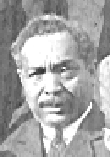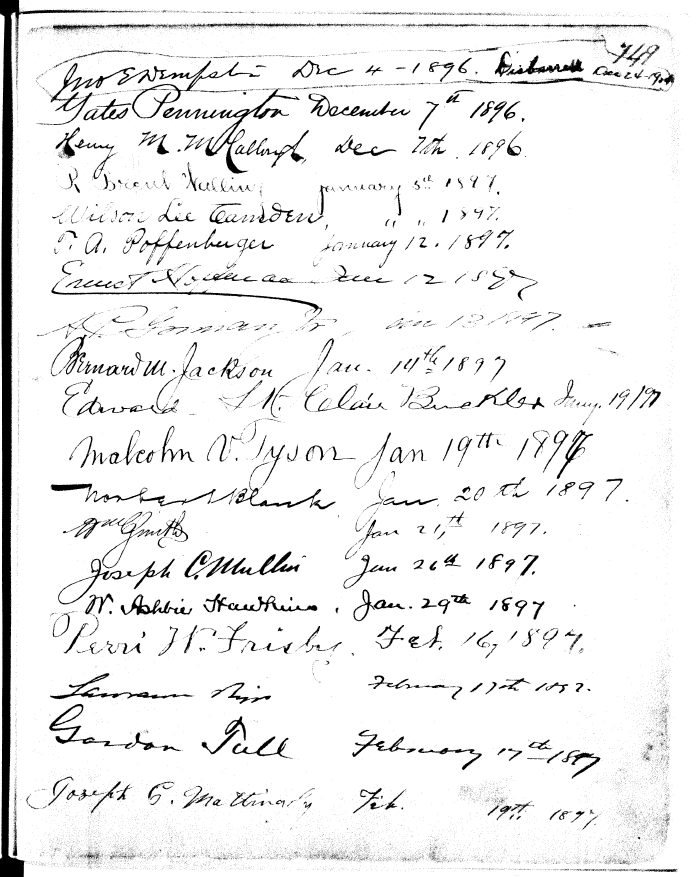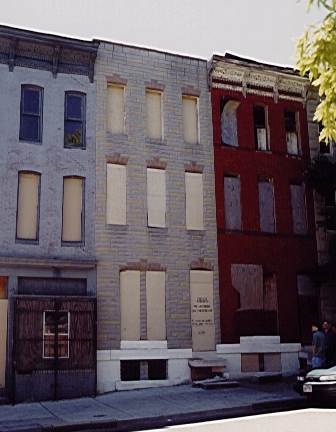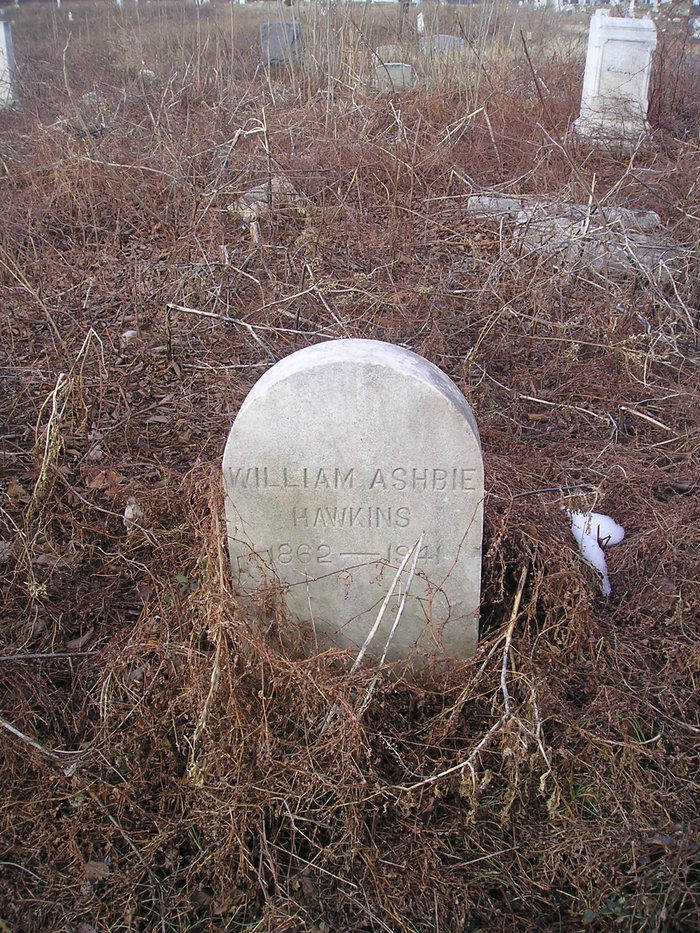William Ashbie Hawkins, an important figure in America's Civil Rights struggle, graduated in 1885 from Centenary Biblical Institute which would later become Morgan State University in Baltimore, Maryland. He tried to attend the University of Maryland Law School in 1890 but he was forced to leave because of an antiblack petition signed by most of the white students. He later attended Howard University Law School and graduated in 1892. While studying law, Mr. Hawkins became a newspaper editor. He published the Cambridge Advance in 1887. He become editor of the Baltimore Spokesman from 1893 to 1895. He was also the editor of the Baltimore Lancet from 1902 to 1905. Hawkins was admitted to the Maryland bar on January 29, 1897. He became involved in a dispute over a segregation law enacted in 1910. He successfully defended a black man who suffered violence at the hands of whites disturbed at his decision to reside in their neighborhood. The law was later rejected as unconstitutional by the Criminal Court on February 4, 1911. In October of 1911, Hawkins, outraged at poor sleeping and eating conditions for blacks on Chesapeake Bay ferryboats, took the Baltimore, Chesapeake and Atlantic Railway Company to court. Though his complaint was dismissed, the decision of the Public Service Commission on February 13, 1912 did recommend that the company upgrade it's facilities for blacks. In 1913, Hawkins took the field again, this time as counsel for John H. Gurry, indicted for violating another recently enacted segregation ordinance. The Baltimore Criminal Court and the Maryland Court of Appeals agreed with Hawkins that the law was unconstitutional. Hawkins' greatest moment came in 1917 when he argued the case of Buchanan v. Worley before U.S. Supreme Court, which barred residential segregation ordinances. Hawkins became involved with the independent Republican movement in 1897. In 1920, he ran as an independent candidate for the U.S. Senate.
William Ashbie Hawkins, an important figure in America's Civil Rights struggle, graduated in 1885 from Centenary Biblical Institute which would later become Morgan State University in Baltimore, Maryland. He tried to attend the University of Maryland Law School in 1890 but he was forced to leave because of an antiblack petition signed by most of the white students. He later attended Howard University Law School and graduated in 1892. While studying law, Mr. Hawkins became a newspaper editor. He published the Cambridge Advance in 1887. He become editor of the Baltimore Spokesman from 1893 to 1895. He was also the editor of the Baltimore Lancet from 1902 to 1905. Hawkins was admitted to the Maryland bar on January 29, 1897. He became involved in a dispute over a segregation law enacted in 1910. He successfully defended a black man who suffered violence at the hands of whites disturbed at his decision to reside in their neighborhood. The law was later rejected as unconstitutional by the Criminal Court on February 4, 1911. In October of 1911, Hawkins, outraged at poor sleeping and eating conditions for blacks on Chesapeake Bay ferryboats, took the Baltimore, Chesapeake and Atlantic Railway Company to court. Though his complaint was dismissed, the decision of the Public Service Commission on February 13, 1912 did recommend that the company upgrade it's facilities for blacks. In 1913, Hawkins took the field again, this time as counsel for John H. Gurry, indicted for violating another recently enacted segregation ordinance. The Baltimore Criminal Court and the Maryland Court of Appeals agreed with Hawkins that the law was unconstitutional. Hawkins' greatest moment came in 1917 when he argued the case of Buchanan v. Worley before U.S. Supreme Court, which barred residential segregation ordinances. Hawkins became involved with the independent Republican movement in 1897. In 1920, he ran as an independent candidate for the U.S. Senate.
Family Members
Sponsored by Ancestry
Advertisement
Records on Ancestry
Advertisement















